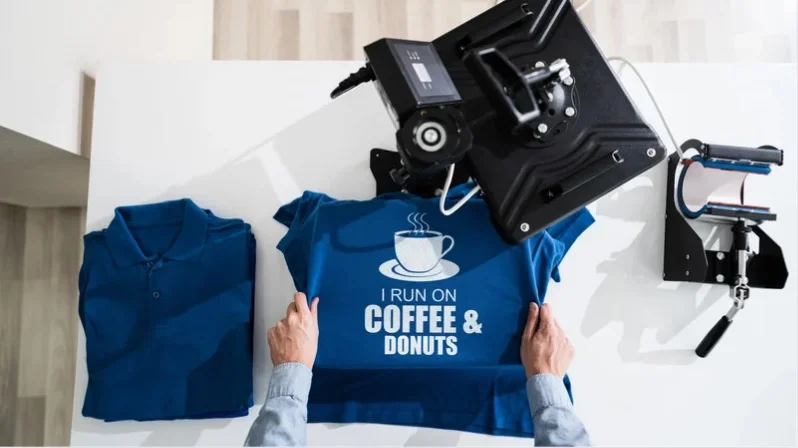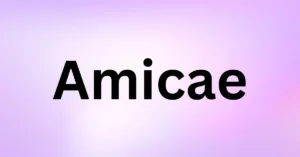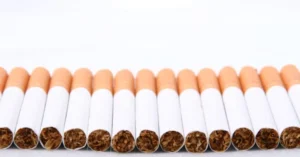Introduction
Are you tired of the limitations traditional screen printing imposes on your apparel designs? If so, welcome to the exciting world of Direct-to-Film (DTF) transfers. This innovative printing method is revolutionizing the custom apparel industry, making it easier than ever for businesses and hobbyists alike to create vibrant, durable designs on various fabric types. In this blog post, we’ll explore the ins and outs of DTF transfers, from the basic principles of the process to advanced tips for achieving professional-quality results. Whether you’re just starting or looking to upgrade your printing techniques, this guide has got you covered.
What is DTF Printing?
Direct-to-Film (DTF) printing is a cutting-edge technology that allows you to print colorful, detailed designs onto special films, which are then transferred onto fabric. Unlike traditional methods, DTF printing does not require screens or extensive setup times. This makes it highly versatile and cost-effective, especially for small and medium-sized print runs.
The Basics of DTF Printing
The DTF printing process starts with a specialized printer equipped with textile inks. A design is printed onto a polyethylene terephthalate (PET) film, which is then coated with a unique adhesive powder. This powder ensures that the printed design adheres strongly to the fabric, resulting in vibrant colors and excellent durability.
Advantages Over Traditional Methods
One of the standout advantages of DTF printing is its flexibility. You can print on a wide range of fabrics, from cotton and polyester to more complex blends. This is a significant advantage over methods like screen printing, which often struggle with certain materials. Additionally, DTF prints are incredibly durable and can withstand frequent washing without fading or cracking.
Cost-Effectiveness and Efficiency
DTF printing eliminates the need for screens and extensive setup, making it ideal for both short and large print runs. This efficiency translates into cost savings, particularly for small businesses and hobbyists who need to keep expenses in check. Plus, the ability to produce detailed, multi-color designs without additional setup costs makes DTF an attractive option.
How Does DTF Printing Work?
Understanding the DTF printing process can help you make the most of this technology. While it might seem complex initially, each step is straightforward once you grasp the basics.
Step-by-Step Process
- Design Creation: The first step is to create your design using graphic design software. Once ready, the design is sent to a specialized DTF printer.
- Printing on PET Film: The design is printed onto a PET film using textile inks. This film serves as the medium that will transfer the ink onto the fabric.
- Adhesive Application: After printing, an adhesive powder is sprinkled onto the wet ink. This powder is crucial for ensuring that the design adheres firmly to the fabric.
- Curing the Film: The film with the adhesive powder is then heated to a specific temperature to cure the adhesive. This prepares the film for the transfer process.
- Transferring to Fabric: The cured film is placed onto the fabric, and heat and pressure are applied using a heat press. The heat activates the adhesive, bonding the design to the fabric.
- Peeling the Film: Once the fabric cools, the PET film is peeled away, leaving the vibrant design securely attached to the fabric.
Special Equipment Needed
While DTF printing doesn’t require as much specialized equipment as traditional methods, you will need a few key items:
- DTF Printer
- PET Films
- Adhesive Powder
- Heat Press
- Curing Oven (optional but recommended for consistency)
Getting Started with DTF Printing
To begin, you’ll need to invest in a quality DTF printer and stock up on PET films and adhesive powders. Many suppliers offer starter kits that include everything you need to get started, making it easier to transition into DTF printing.
Benefits of DTF Transfers
DTF transfers bring many benefits that can elevate your custom apparel business or hobby. From cost efficiency to design flexibility, this technology offers several advantages.
Versatile Fabric Compatibility
One of the primary benefits of DTF transfers is their versatility. You can print on almost any type of fabric, making it perfect for creating custom apparel collections that feature a variety of materials. Whether you’re working with cotton, polyester, or blends, DTF transfers ensure high-quality results.
Durability and Longevity
DTF prints are known for their durability. The adhesive used in DTF transfers ensures that designs don’t peel, crack, or fade, even after multiple washes. This longevity makes DTF an excellent choice for custom apparel that needs to withstand everyday wear and tear.
High-Quality Results
DTF printing technology allows for high-resolution designs with intricate details and vibrant colors. This quality is hard to match with traditional printing methods, making DTF ideal for complex and colorful designs. The result is professional-grade apparel that stands out in the market.
Cost-Effective for Small Runs
Traditional printing methods often require large print runs to be cost-effective. However, DTF printing is cost-effective even for small runs. This makes it perfect for boutique businesses, special events, or personalized gifts.
Common Applications of DTF Transfers
DTF transfers are not just limited to t-shirts. Their versatility opens the door to numerous applications, allowing you to expand your product offerings.
Custom T-Shirts
T-shirts are a staple in the custom apparel industry, and DTF transfers are perfect for them. Whether you’re producing merchandise for a band, a corporate event, or a community group, DTF transfers deliver high-quality results.
Sportswear and Uniforms
Sports teams and companies often require durable and high-quality uniforms. DTF transfers are ideal for these applications due to their durability and ability to maintain vibrant colors under stress and frequent washing.
Promotional Products
DTF transfers can also be used on tote bags, caps, and other promotional items. This versatility allows businesses to offer a wide range of custom products, helping to enhance brand visibility.
Personalized Gifts
DTF transfers allow you to create personalized gifts easily. Whether it’s a custom pillowcase, apron, or hoodie, DTF’s versatility ensures you can cater to individual preferences and styles.
Tips for Achieving Professional-Quality DTF Prints
To get the best results from DTF printing, it’s essential to follow some best practices. Here are a few tips to ensure your prints are of the highest quality.
Choosing the Right PET Film
The quality of the PET film you use can significantly affect the final result. Look for high-quality films that are specifically designed for DTF printing. These films are usually more reliable and produce better results.
Proper Adhesive Application
Ensuring even application of the adhesive powder is crucial for a strong bond. Make sure the powder is applied uniformly and not too thickly. Uneven application can result in poor adhesion or uneven prints.
Effective Heat Pressing
The heat pressing stage is critical for transferring the design effectively. Ensure that the heat press is set to the correct temperature and pressure for the fabric you’re using. Different fabrics may require adjustments, so always check the recommendations for your specific materials.
Essential DTF Printing Supplies
Starting with the right supplies can make all the difference in your DTF printing experience. Here are the essentials you’ll need to kickstart your DTF printing projects.
DTF Printer
Investing in a high-quality DTF printer is essential. Look for printers that are designed specifically for DTF printing and come with reliable reviews from other users.
PET Films
PET films are the backbone of the DTF printing process. Ensure you have a good supply of high-quality PET films to avoid interruptions in your printing workflow.
Adhesive Powder
Adhesive powders are crucial for ensuring that the printed design sticks to the fabric. Stock up on high-quality adhesive powders that are compatible with your printer and PET films.
Heat Press
A reliable heat press is essential for transferring designs from the PET film to the fabric. Ensure your heat press is capable of reaching the necessary temperatures and pressures required for DTF printing.
Troubleshooting Common DTF Printing Issues
Even with the best equipment, things can go wrong. Knowing how to troubleshoot common issues can save you time and frustration.
Poor Adhesion
If your designs aren’t sticking well to the fabric, it could be due to uneven adhesive application or incorrect heat press settings. Double-check your adhesive powder and ensure your heat press is calibrated correctly.
Fading Colors
Fading can occur if the ink isn’t properly cured before transferring. Ensure that the curing process is completed correctly and that the heat press is set to the right temperature.
Uneven Prints
Uneven prints can result from misaligned PET films or issues with the printer itself. Regular maintenance and calibration of your printer can help avoid these problems.
Advanced Techniques in DTF Printing
Once you’re comfortable with the basics, you can start exploring advanced techniques to take your DTF prints to the next level.
Layering Designs
Layering different colors and textures can add depth to your designs. Experiment with different layers to create unique, eye-catching prints.
Specialty Inks
Using specialty inks, such as metallic or glow-in-the-dark inks, can add a unique touch to your prints. These inks require specific settings, so be sure to follow the manufacturer’s guidelines.
Custom Color Blending
Custom color blending allows you to create unique shades and gradients. This technique can help your designs stand out and offer something unique to your customers.
Conclusion
Direct-to-Film (DTF) transfers are revolutionizing the custom apparel industry. Their versatility, cost-effectiveness, and high-quality results make them an attractive option for both businesses and hobbyists. By understanding the process, investing in the right equipment, and following best practices, you can achieve professional-quality prints that stand the test of time.
For more information click here.









